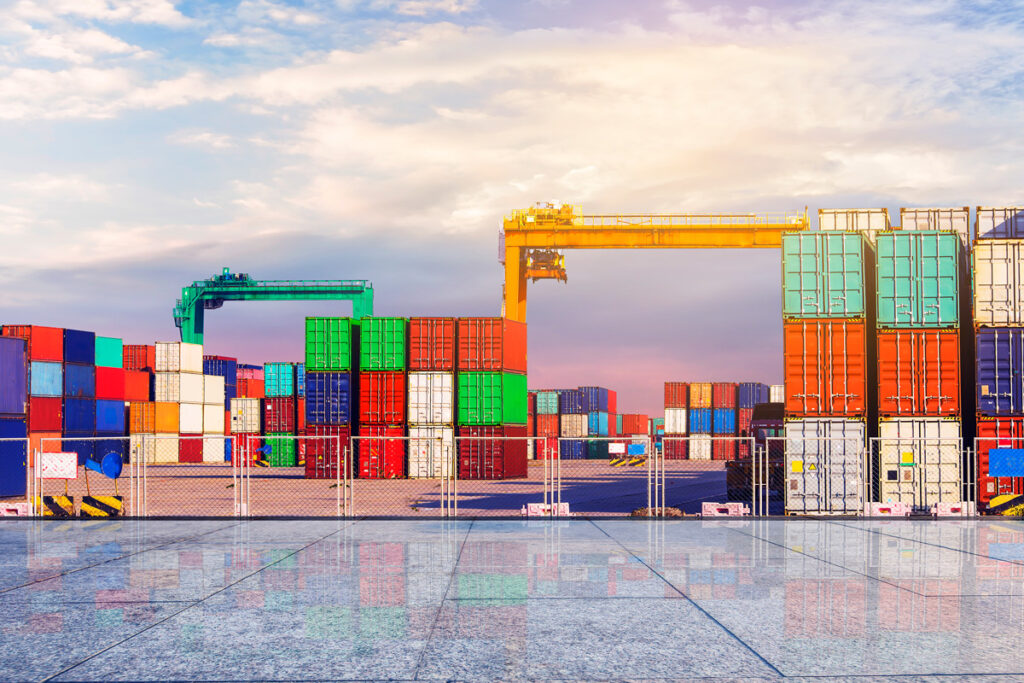If you need container storage in Bunbury there are options are available for you. Self-storage is quickly becoming the new standard for moving and storing extra stuff you have.
People are becoming more creative with their storage containers, erecting cafes and bike storage units. Have you started storing shipping containers yet? Don’t be concerned. It is not too late for you.
We wrote this to help you get organized for shipping containers so there will no more be tools strewn about the house or overflowing office files. There are options available for everyone.

Do Shipping Containers Work Well as Storage?
Shipping containers are excellent storage solutions to access extra equipment and furniture. Containers are extremely tough and can endure almost any type of weather change. Containers are made to be sturdy for cargo shipping; thus, the design is intended to withstand harsh weather and sea conditions to protect the goods inside.
The benefit of having a container is that it can be easily transported from your yard to a cargo container storage yard if needed. Having constant access to your belongings is convenient, especially during renovations.
Aside from storage, cargo containers have become a self-sustaining and easily reconstructible option for those looking to downsize their homes. With proper maintenance and care, shipping containers can have a life expectancy of 25 years or more.
A container with adequate ventilation, weatherproofing, and humidity control tactics is a viable option for storing delicate items and antique wood equipment. Mattresses and couches can be stored safely and securely for an extended period during various seasons.
We would also want to remind you to put your mattress in a plastic bag or wrap for extra protection when storing it.
Storing your belongings in a shipping container is now easier than ever, with delivery options available across the country directly to your home, office, or shipping container storage yard.
Best Ways to Organize Your Sea Container Storage

1. Organize your list.
Anything can happen while stocking, remodelling, travelling, decluttering, and reconfiguring your space. These things happen: from the disappearance of your favourite tools to the misplacement of a box containing vital files. If you fail to keep a record of all your possessions, it can result in time and money wasted. Do not waste minutes and hours looking for items that you have misplaced along the way.
Starting an inventory list from the beginning can help you stay organized. It will save you time looking for specific items. A list lets you know where to find your belongings during the big move
Simple items on an inventory list include: the item, details, quantity, and unit cost, if applicable.
2. Devise a system.
So you piled five boxes up against a wall, beside a couch and a lawnmower. But you need to check the lowermost box. When you finally get to it, you realize your tools got damaged along the way.
This is a tragic waste of time. Avoid inconvenient reorganization, costly accidental damage, and wasting valuable time moving boxes repeatedly. Install a shelving system that can hold crates and objects neatly and efficiently, making it easier to find what you need.
3. Make a map.
Maps are handy when working with a team of employees or your family. When you have a visible and visual plan of your storage unit, you are set for success.
Having a pre-planned exit route during emergencies is a must for your own and others’ safety. Other advantages include the organization of stored belongings. It will also assist you and your family find what you are looking for. Having a map will avoid safety hazards such as falling items overhead and a faulty exit route.

4. Manage the routes.
It would be a disaster if you do not have a plan for storing and organizing your belongings. When everything is gone, you’ll need connectivity pathways to help you get to things at the rear end of the container.
A shipping container with double or side opening doors is another option for easier access to equipment. Safe pathway access is critical to complying with fire hazard regulations and protecting yourself and others from accidents. It will ensure you can easily access your stuff despite all the stacking and storage.
5. Plan the layout.
Because shipping containers are classified as 10A and 1A building structures in Australia, you should have a floor plan when you build or reconstruct your shipping container.
This is a prerequisite for obtaining your permit. However, having a planned, organized layout is also beneficial for removalists to come to finish the job of moving or packing.
Knowing what is nearby can also give you peace of mind during weather changes. Decide where you want to place your container and follow council regulations.
6. Use file cabinets.
Filing cabinets are fantastic self-storage container organization tools. An appropriate filing system will help keep your documents secure. Remember to weatherproof it if you are storing important files.
Keep in mind that ventilation and proper moisture control prevent items from becoming ruined, mouldy, or rusty. This applies to both shipping cargo containers and residential properties.
We recommend placing desiccant bags on the wall surfaces of your cargo container to help control moisture levels and prevent mould from growing and ruining your equipment. Cat litter is also a low-cost option.
7. Label boxes.
With this one, let’s get back to what’s doable and straightforward. How will you find the tools you need if you enter a storage unit full of unlabeled boxes?
Make your life easier by labelling all of the boxes. Have them match up with your master content list for easier access and organisation.
We advise using a label maker to produce long-lasting, water-resistant, and easy-to-read labels for everyone. However, a marker pen will suffice. Make sure your boxes are labelled on both sides for easier identification.
8. Use easy access boxes with lids.
Fitting lids on your containers can make it easier to access your belongings while also protecting them from wreckage, excessive moisture, and improper handling.
The more reliable the boxes you select, the easier and safer it is to store your valuables. Find sturdy boxes that you can easily stack and can keep your items safe and secure while handling, moving, and storing.
Proper storage equipment is also a safety precaution that protects you and others from falling objects overhead. It will prevent damage to costly equipment caused by dropping and mishandling.
9. Keep fragile items safe.
When it comes to renovation projects and storing your equipment, one of the more intense situations is moving and handling your fragile items.
When storing delicate items, use caution and patience and ensure you have the proper equipment and techniques.
